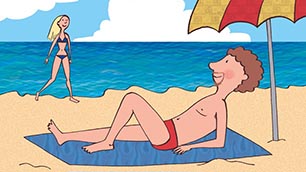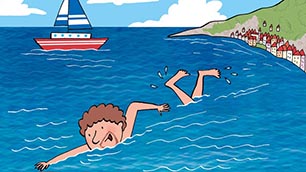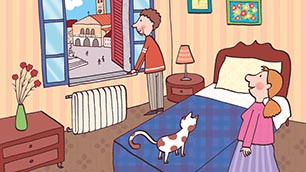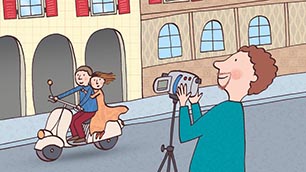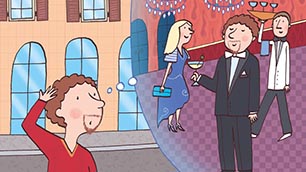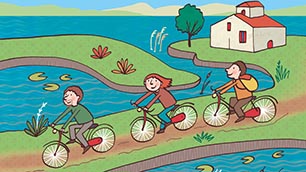I. The passato prossimo
The passato prossimo is a compound past tense. It is used to relate a completed action that took place in the past. It has three equivalents in English:| ho lavorato | --> | I have worked I worked I did work |
To form the passato prossimo, you use the appropriate form of an auxiliary verb, either avere or essere, and the past participle of the verb. To form the past participle of a verb, you add an appropriate ending to the stem. In the following table, you can see how regular past participles are created. The stem of each verb is in bold in the first column.








